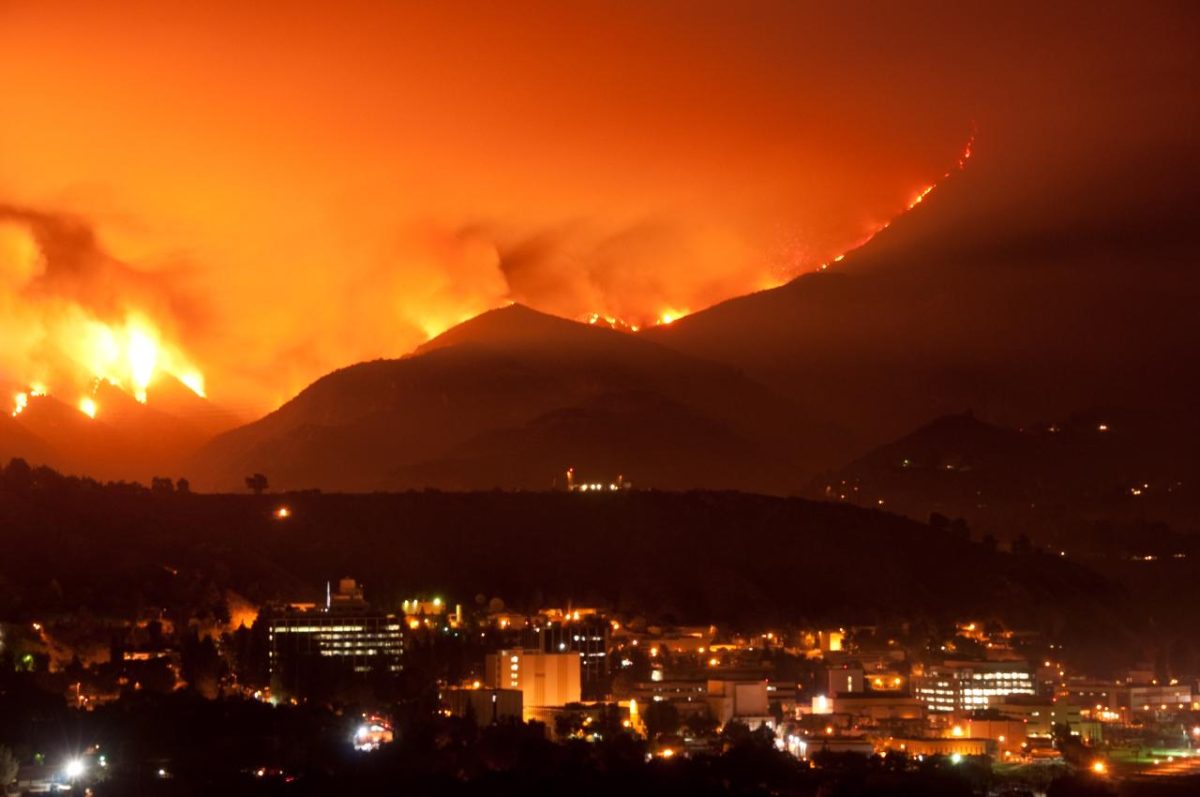Two powerfully special NASA telescopes have discovered not only the oldest but the furthest black hole that has been found. The Chandra X-ray Observatory helped with this detection as well as the very prominent and celebrated James Webb telescope. This one of a kind telescope has assisted astronomers spot the signature of a growing black hole within the early universe just 470 million years after the big bang, which as of today, occurred 13.8 billion years ago.
The discovery has the ability to help astronomers piece the puzzle of how some of the first supermassive black holes formed in the cosmos, a study published in the journal ‘Nature Astronomy’ claimed. Lead study actor Akos Bogdan, stated “We needed Webb to find this remarkable distant galaxy and Chandra to find its supermassive black hole”…“We also took advantage of a cosmic magnifying glass that boosted the amount of light we detected.” Bogdan is an astrophysicist at the Harvard-Smithsonian Center for Astrophysics in Cambridge, MA.
The astrophysicist was referring to gravitational lensing, which acts like a magnifying glass for objects at great distances. In this case, a galactic cluster, and gravity necessarily twists and intensifies the light of distant galaxies in the background of anything that is magnifying. This enables observations of the rather invisible celestial features. Originally when the astronomers discovered the black hole, it was seen to be located approximately 3.5 billion light-years from Earth. The correction later noticed by the Webb telescope is arguably shocking as it was found to be much further. Approximately 3.8 times more grand, the black hole was shown to be 13.2 billion-light years from Earth.
This is arguably of great importance in astronomy. A light-year, equivalent to 5.88 trillion miles, is how far a beam of light travels in a year. An author at CNN claims “when telescopes like Webb observe this light, it’s effectively like looking into the past.” In most cases, black holes that reside at the centers of galaxies only have almost 0.1% the mass of the stars within their galaxy. To conclude, astronomers think the discovery of the black hole will assist them in their personal understanding of how supermassive black holes came into the scene just shortly after the creation of the universe.
If you want to hear more space/science news, check out these articles on…
Observing the universe with the James Webb Space Telescope (My Personal Recommendation)
Mapping the universe with the Euclid telescope
Shakespeare portrait sent to edge of space to celebrate 400 years since ‘First Folio’




